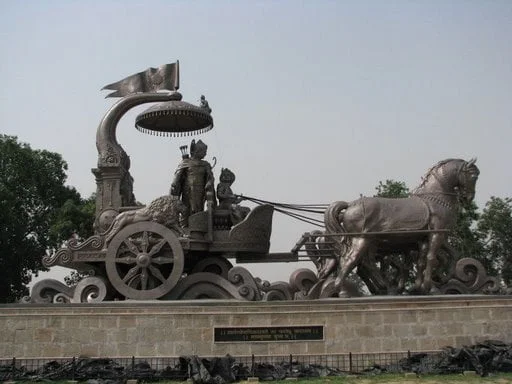What are Atma, Jeevatma, and Paramatma
Bhagavad Gita is one of the most revered Hindu scriptures that teaches the essence of life, the purpose of existence, and the path to salvation. In the Gita, three primary concepts that hold significant importance are Atma, Jeevatma, and Paramatma. Understanding these concepts is crucial for spiritual enlightenment. In this article, we will discuss the meaning, significance, and relevance of Atma, Jeevatma, and Paramatma in the Bhagavad Gita.
These topics are discussed in Slokas Bhagavad Gita 2.17 to 2.30
Paramatma is the universal soul or the supreme being that is present in all living entities, including animals, plants, and humans. It is the source of all creation and the ultimate goal of life. Paramatma is the divine force that governs the universe and is responsible for maintaining the cosmic order.
According to the Bhagavad Gita, Atma is the individual soul that resides in the body as a part of the Paramatma. It is the eternal, unchanging part of a human being that is distinct from the physical body, mind, and senses. Atma is indestructible and immortal, and it is the source of consciousness and intelligence.
LIVING BEING = GROSS BODY + SUBTLE BODY + ATMA.
Jeevatma, on the other hand, is the atma associated with a living entity. It is the individual soul that is bound by the material nature and is subject to life and death. Jeevatma is the soul that experiences the joys and sorrows of life.
The Meaning and Significance of These Concepts
Realizing the Atma means recognizing that we are not the physical body, mind, or senses, but the eternal, unchanging soul that is a part of the Paramatma. This realization helps us detach from the material nature and focus on the spiritual path.

